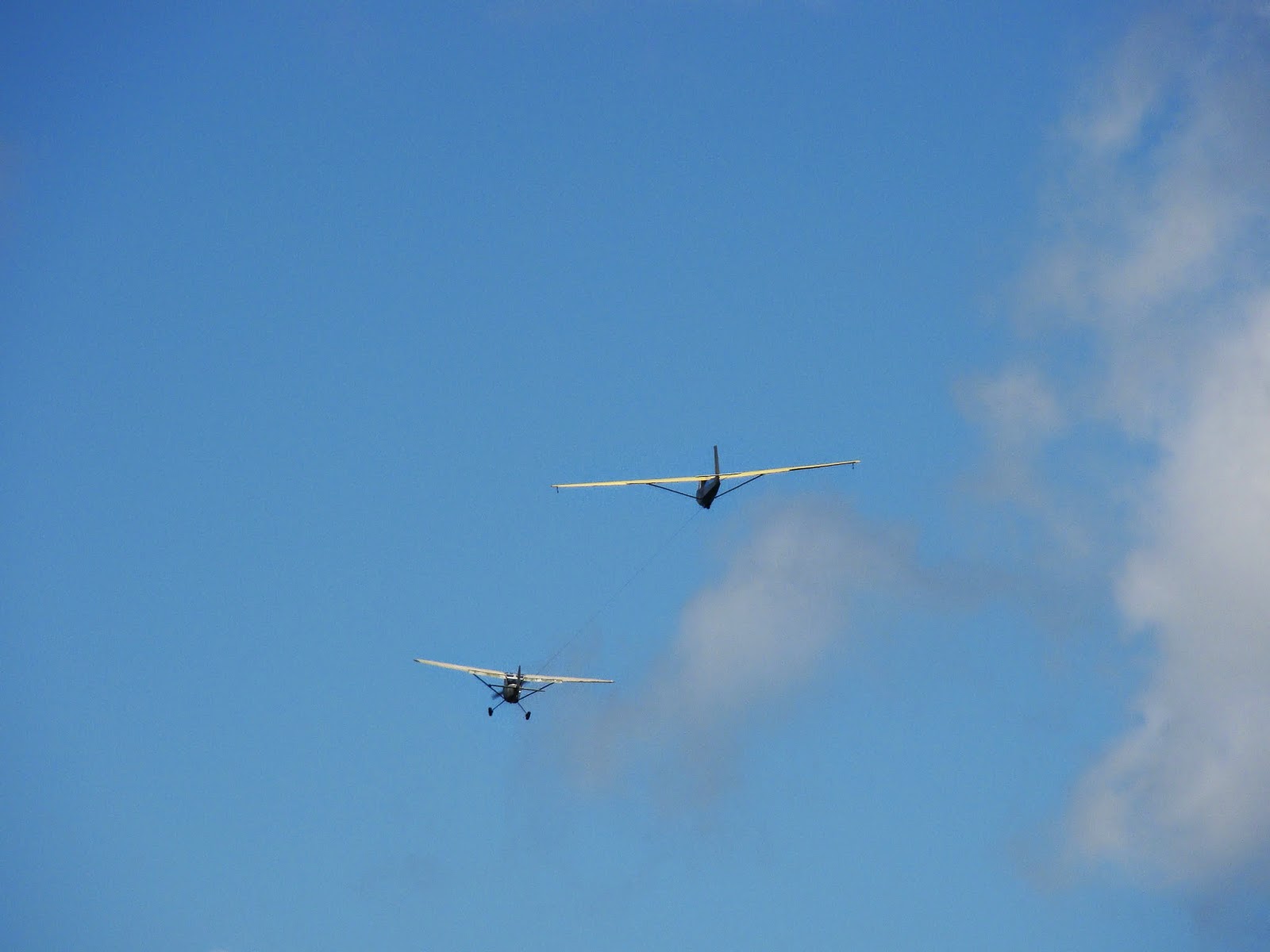The big news on Lake Wicwas this week is that we have a new loon chick! I haven't seen it, but our faithful loon watchers have. There were two eggs in the nest, so it is possible there will be a second chick; we should know in just a day or two. There is still a long road ahead for a little chick and its parents - if you see them, please give them a wide berth - but this is great news.
There have been multiple loons on the lake this year, and the past few days their activity has shown signs that nesting is in progress. Has one of the nesting pair, maybe the male, been keeping a close eye on the other loons, letting them know who's lake this is, and keeping them away from the nest? There have been reports of loons destroying the eggs or killing the chicks from another loon pair.
Doesn't it look like two males facing off to see who is dominant?
 |
| Who's in Charge Here? |
When the visiting pair dove, the third went down as well to follow; some of the dives were rather loud - that's what caught my attention in the first place - it sounded like someone jumping into the lake.
 |
| You'd better run! |
Eventually it appeared that dominance had been established, and one loon swam off, leaving other two in this cove, far away from the nest.
 |
| And keep away from my little one! |
This morning I did a session as a Lake Host at the boat ramp. Lake Wicwas is one of a very few lakes in the region that does not have the invasive weed Eurasian Milfoil, and our active Lake Host program is a key factor in keeping it this way. If you have never volunteered to be a Lake Host, consider doing so - it is an easy, and pleasant way to spend a couple of hours. I like to be there early in the morning when I might see a pretty sunrise scene.
Here's what things looked like today - first, the sun rose over the mist hanging in the Chemung swamp.
 |
| Chemung Forest |
It's not the most symmetrical web I have ever seen, but it's amazing how well a tiny spider can build a circular structure on a linear frame. And this without blueprints, an instructor, or even a computer!
Then the low sun shone across the calm lake, illuminating the western shore.
 |
| Lake Hosting - it's a sweet job! |
While I was there I noticed this insect carcass on a pole; I believe it is the discarded shell of a cicada.
 |
| Cicada Carcass |
In the Lake Wicwas plant world, the first blueberries are already ripe!
 |
| Low Bush Blueberries |
Also the summer flowers are progressing - I'll close this week with some flowers from the Whorled Loosestrife.
Maybe soon I'll have some pictures of our newest resident on the lake!
 |
| Whorled Loosestrife (Lysimachia quadrifolia) |














































